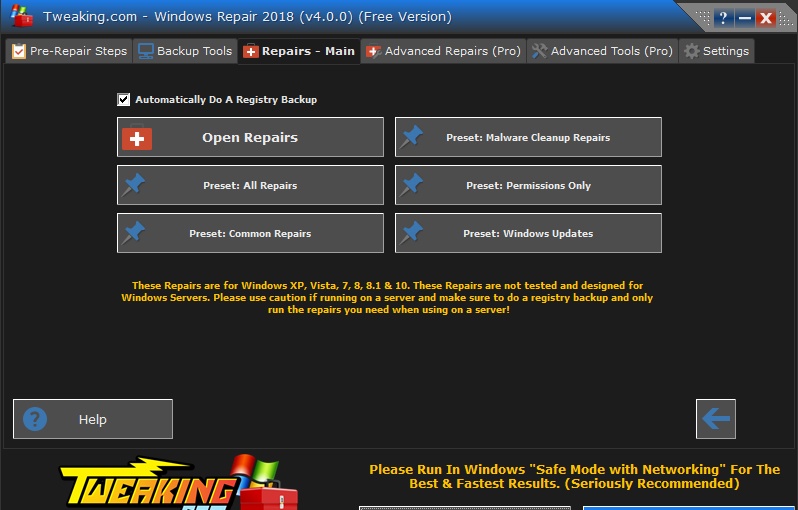
That limitation is hard and fast for FAT32 media, where using larger files requires splitting them into two or more pieces. The best thing about Ventoy is that it can handle and boot from files larger than 4GB. The developers claim to have tested more than 1,000 different ISO files and say that over 90% of the Linux distributions at are supported. It works with most OSes, including Windows, the Windows Preinstallation Environment (WinPE, of which the Windows Recovery Environment, or WinRE, is a special case), Linux, Unix, VMware, and more.

ISO files are used to capture images of operating systems and other complex software environments that may include tens to hundreds of thousands of individual files.

The second part explains that improved performance may justify the cost of an NVMe SSD and a compatible USB drive enclosure. The first part of this story introduces and explains Ventoy. My technique relies on a special foundational tool called Ventoy, along with a collection of ISO files from which Ventoy will boot a Windows PC. This kind of setup works splendidly with Windows 7, 8, 8.1, 10, and 11 installations.

Interested in building your own? You just need a modestly sized (256GB or 512GB) USB drive and the right software. I keep all these tools on a single USB drive that I like to call the ultimate bootable Windows repair drive.

These could be related to hardware problems, Windows updates gone bad, device or driver issues, and a whole lot more. They help me restart, troubleshoot, and - if necessary - repair Windows installations that are having difficulties. I’ve learned to keep a collection of useful Windows tools and repair environments around.


 0 kommentar(er)
0 kommentar(er)
